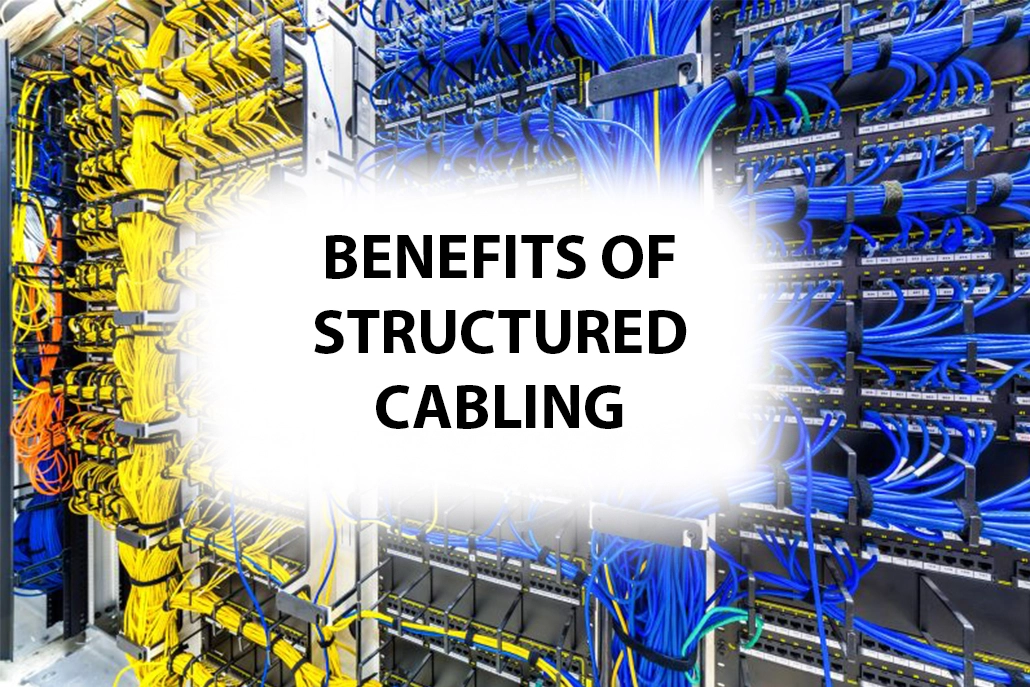The benefits of structured cabling standards are as follows.
The cabling industry-standard term used for a company’s network installation that serves a relatively tiny area (like a structured cabling installation serving a company’s building) is a local area network (LAN).
Structured cabling system installations typically has: entrance facilities, consists of vertical and horizontal backbone pathways, vertical & horizontal backbone networking cables, horizontal pathways, horizontal networking cables, work area outlets, equipment rooms, telecommunications closets, multi-user telecommunications outlet assemblies (known as MUTOA); transition points, & consolidation points.
The entrance facility has the cabling components or equipment needed to give a means to connect the outside service areas to the premises cabling. This can have service entrance pathways, networking cables, connecting hardware, circuit protection devices, & transition hardware.
An entrance facility of the structured cabling system houses the transition outside the plant cabling to cabling only approved for intrabuilding construction. This involves transition to fire-rated networking cable. The entrance facility of the cable is also the network demarc between the SP & customer premises cabling (if needed).

